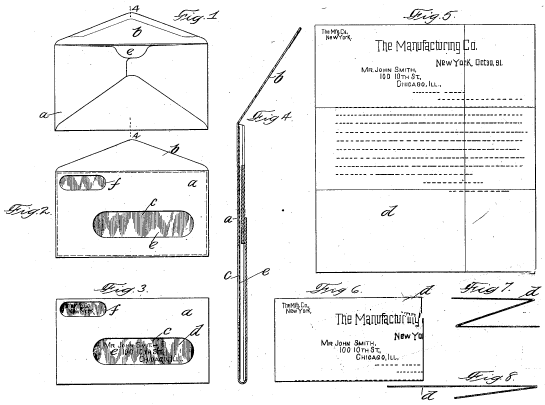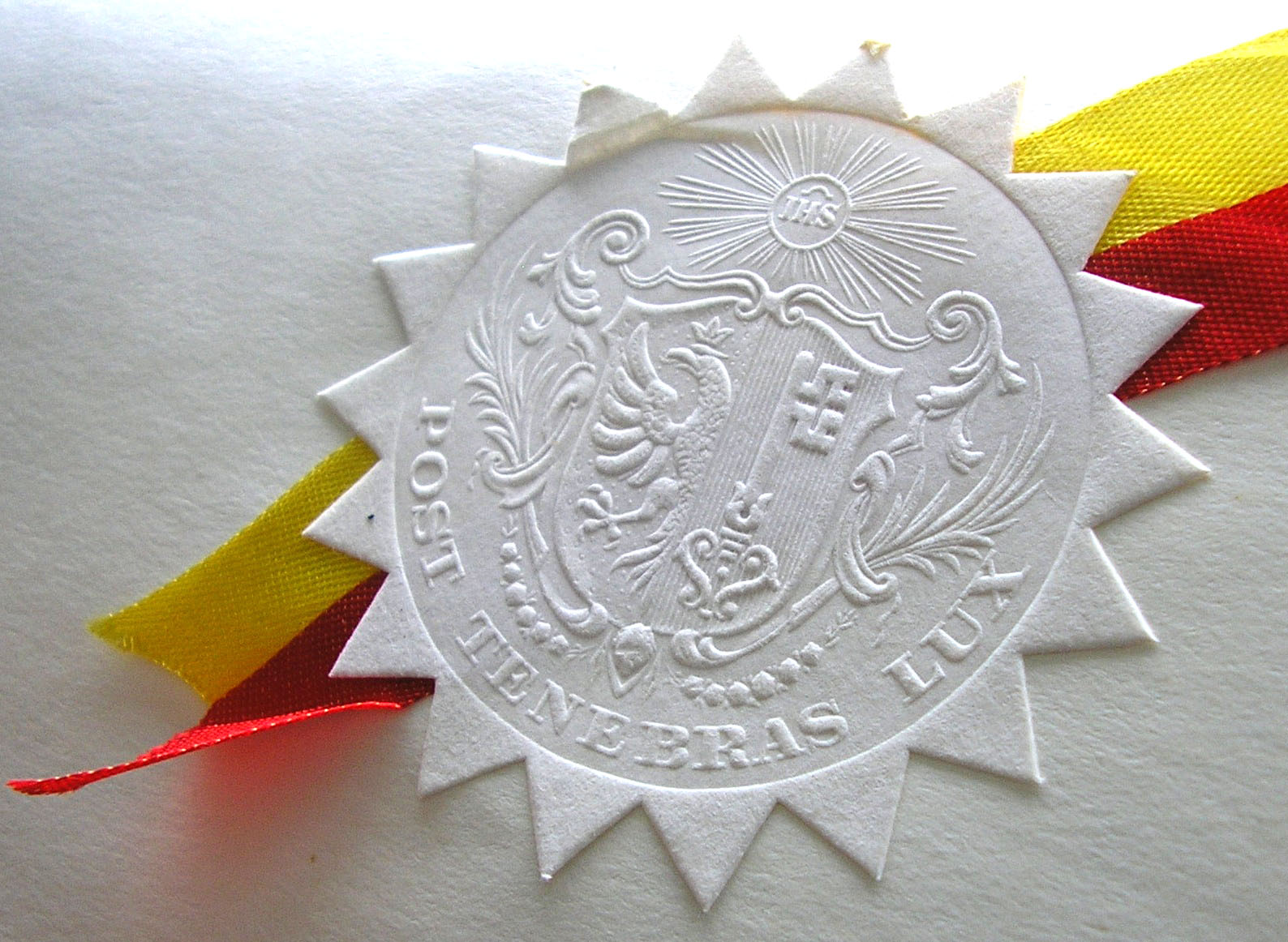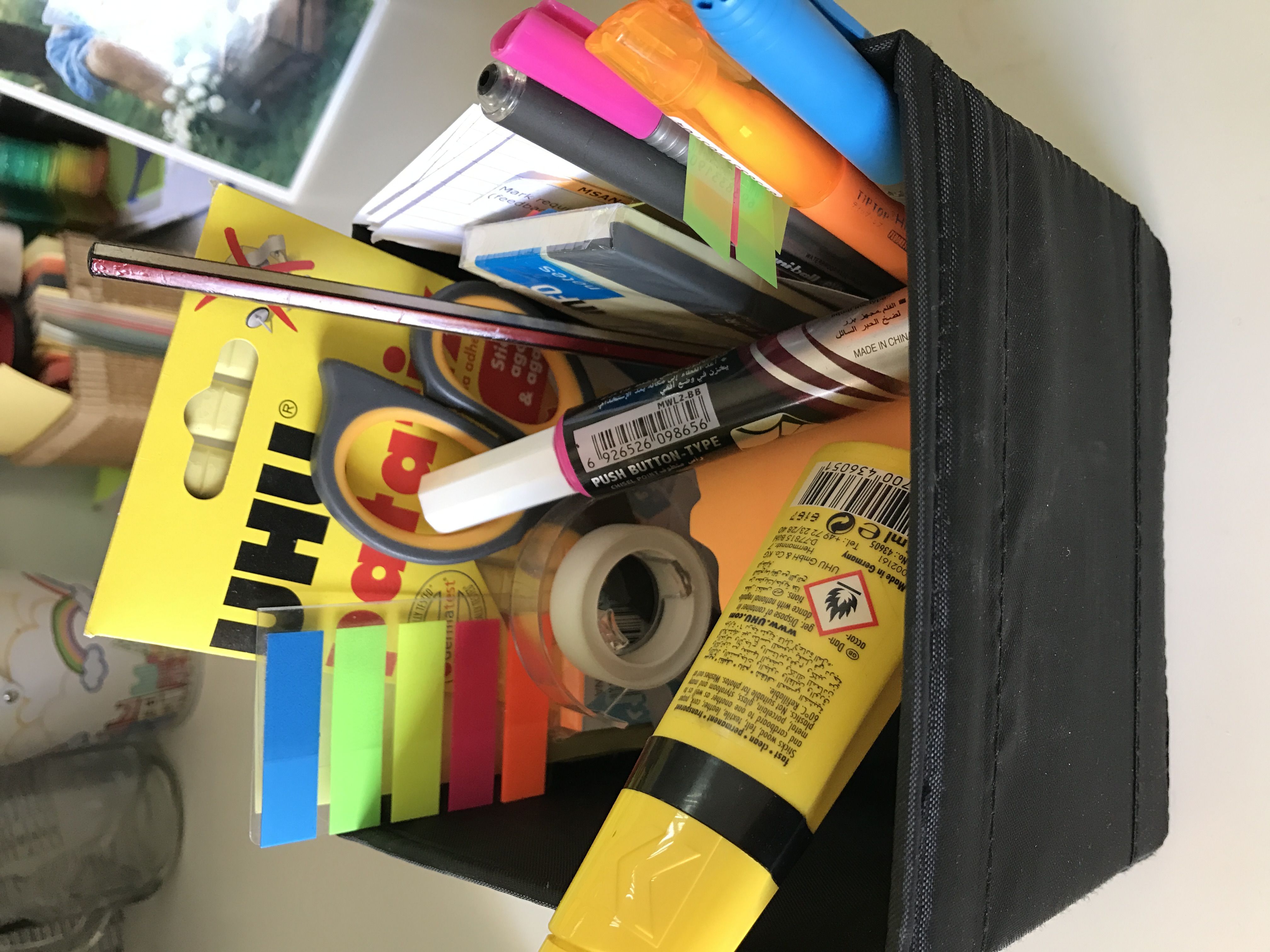|
Knife (envelope)
Knife is the cutting die for envelope or wrapper blanks. It is called a ''knife'' rather than a ''die'' because the latter is an object that makes an embossed printed impression of the stamp or indicium on the envelope.''Thorp-Bartels Catalogue of United States Stamped Envelopes'', Century Edition, 1954. Traditionally, a knife would normally be made of forged steel. It was placed on a stack of paper with the sharp edge against the paper. The press head forced the cutting edge all the way through the stack of paper. The cut blanks were removed from the knife and the process repeated. Not only could it cut out the odd shape of an envelope, but a knife could be used to cut out shapes of airmail stickers or gummed labels in the shape of stars or circles. The variety of shapes a knife could cut would be infinite. In philately, Thorp knife numbers were, and still are, used to indicate the height, width, shapes, and folds of envelopes generally numbered in the order of their discov ... [...More Info...] [...Related Items...] OR: [Wikipedia] [Google] [Baidu] |
Envelope
An envelope is a common packaging item, usually made of thin, flat material. It is designed to contain a flat object, such as a letter or card. Traditional envelopes are made from sheets of paper cut to one of three shapes: a rhombus, a short-arm cross or a kite. These shapes allow the envelope structure to be made by folding the sheet sides around a central rectangular area. In this manner, a rectangle-faced enclosure is formed with an arrangement of four flaps on the reverse side. Overview A folding sequence such that the last flap closed is on a short side is referred to in commercial envelope manufacture as a pocket – a format frequently employed in the packaging of small quantities of seeds. Although in principle the flaps can be held in place by securing the topmost flap at a single point (for example with a wax seal), generally they are pasted or gummed together at the overlaps. They are most commonly used for enclosing and sending mail (letters) through a prepaid- ... [...More Info...] [...Related Items...] OR: [Wikipedia] [Google] [Baidu] |
Wrapper (philately)
In philately a wrapper is a form of postal stationery which pays the cost of the delivery of a newspaper or a periodical. The wrapper is a sheet of paper, large enough to wrap around a folded or rolled newspaper and with an imprinted stamp to pay the cost of postage. Some catalogs and reference books refer to a wrapper as postal bands which comes from the French term ''bandes postale''.Van Gelder, Peter J.; ''The Collectors' Guide to Postal Stationery'', A Squirel Publication (1997) Still others refer to it as a newspaper wrapper or periodical wrapper. History The first country to issue wrappers was the United States in October 1861, followed by New South Wales (1864), North German Confederation (1868), Victoria (1869), Romania (1870), Great Britain (1870), in total 110 countries issued wrappers.''Higgins & Gage World Postal Stationery Catalog'' Charles Knight is considered as the first person to propose the use of stamped wrappers or as the "inventor". He made the proposal i ... [...More Info...] [...Related Items...] OR: [Wikipedia] [Google] [Baidu] |
Paper Embossing
Embossing and debossing are the processes of creating either raised or recessed relief images and designs in paper and other materials. An embossed pattern is raised against the background, while a debossed pattern is sunken into the surface of the material but might protrude somewhat on the reverse side. Techniques Often used in combination with foil stamping, embossing alters the surface of paper stock or other substrates by providing a three-dimensional or raised effect on selected areas. The procedure requires the use of two dies: one that is raised and one that is recessed. The dies fit into each other so that when the paper is pressed between them, the raised die forces the stock into the recessed die and creates the embossed impression. A specific level of pressure is applied to the dies in order to squeeze the fibers of the paper, which results in a permanently raised area in the paper. When the dies are produced, a die maker engraves the desired image into several me ... [...More Info...] [...Related Items...] OR: [Wikipedia] [Google] [Baidu] |
Postage Stamp
A postage stamp is a small piece of paper issued by a post office, postal administration, or other authorized vendors to customers who pay postage (the cost involved in moving, insuring, or registering mail), who then affix the stamp to the face or address-side of any item of mail—an envelope or other postal cover (e.g., packet, box, mailing cylinder)—that they wish to send. The item is then processed by the postal system, where a postmark or cancellation mark—in modern usage indicating date and point of origin of mailing—is applied to the stamp and its left and right sides to prevent its reuse. The item is then delivered to its addressee. Always featuring the name of the issuing nation (with the exception of the United Kingdom), a denomination of its value, and often an illustration of persons, events, institutions, or natural realities that symbolize the nation's traditions and values, every stamp is printed on a piece of usually rectangular, but sometimes triangular ... [...More Info...] [...Related Items...] OR: [Wikipedia] [Google] [Baidu] |
Indicium
In philately, indicia are markings on a mail piece (as opposed to an adhesive stamp) showing that postage has been prepaid by the sender. ''Indicia'' is the plural of the Latin word ''indicium'', meaning distinguishing marks, signs or identifying marks. The term imprinted stamp is used more or less interchangeably, but some indicia are not imprinted stamps. One example is the handstamp, which can be seen in a photo on this page. Forms of indicia Indicia can take a number of forms, including printed designs or handstamps where a stamp would normally be that indicate the pre-payment of postage. Imprinted stamps on postal stationery are indicia. The term also refers to a meter stamp impressionCarlton, R. Scott. ''The International Encyclopaedic Dictionary of Philately''. Iola WI: Krause Publications, 1997, p.117. . or the part thereof that indicates the value or postal rate.Mackay, James. ''Philatelic Terms Illustrated''. 4th edition. London: Stanley Gibbons, 2003, p.71. . Se ... [...More Info...] [...Related Items...] OR: [Wikipedia] [Google] [Baidu] |
Philately
Philately (; ) is the study of postage stamps and postal history. It also refers to the collection and appreciation of stamps and other philatelic products. Philately involves more than just stamp collecting or the study of postage; it is possible to be a philatelist without owning any stamps. For instance, the stamps being studied may be very rare or reside only in museums. Etymology The word "philately" is the English transliteration of the French "", coined by Georges Herpin in 1864. Herpin stated that stamps had been collected and studied for the previous six or seven years and a better name was required for the new hobby than ''timbromanie'' (roughly "stamp quest"), which was disliked.Williams, L.N. & M. ''Fundamentals of Philately''. State College: The American Philatelic Society, 1971, p.20. The alternative terms "timbromania", "timbrophily", and "timbrology" gradually fell out of use as ''philately'' gained acceptance during the 1860s. Herpin took the Greek root word ... [...More Info...] [...Related Items...] OR: [Wikipedia] [Google] [Baidu] |
Prescott Holden Thorp
Prescott Holden Thorp (April 28, 1887 – June 1981), of New Jersey, was a stamp dealer who was a recognized world-famous expert on stamped envelopes of the United States. Philatelic literature Thorp continued the work of Julius (John) Murray Bartels, editing the fifth edition of ''Bartels Catalogue of the Stamped Envelopes and Wrappers of the United States and Possessions''. In 1954 he completed a sixth edition and named it ''Thorp-Bartels Catalogue of the Stamped Envelopes and Wrappers of the United States''. Thorp wrote several other books on philately: ''Catalogue of the 20th Century Stamped Envelopes and Wrappers of the United States'', in 1968, and ''Complete Guide to Stamp Collecting'', in 1953. He also edited and published from 1949 to 1970 ''The U.S. Envelope World''. Honors and awards For his writings on stamped envelopes, Thorp received the Crawford Medal in 1945. He was named to the American Philatelic Society Hall of Fame in 1989. See also * Philately * Philatelic ... [...More Info...] [...Related Items...] OR: [Wikipedia] [Google] [Baidu] |
United Postal Stationery Society
The United Postal Stationery Society (UPSS) was formed July 1, 1945 from the merger of the Postal Card Society of America, in existence since 1891, and the International Postal Stationery Society, founded 1939. Current membership stands at about 1,000. The organization's journal since 1949 is called ''Postal Stationery''. Articles appear about new issues of U.S. and international postal stationery, plus articles on rare and unusual stationery. The Society has been active in producing postal stationery publications in the form of handbooks, catalogs and manuscripts since 1955. It also conducts regular auctions and a sales circuit. It regularly awards outstanding exhibits. Members have access to over 70 years of the society's journals online, beginning with Vol. 1, No. 1, May-June 1948, plus a complete hi-resolution scan of every die used in the manufacture of US stamped envelope A stamped envelope or postal stationery envelope (PSE) is an envelope with a printed or embossed indi ... [...More Info...] [...Related Items...] OR: [Wikipedia] [Google] [Baidu] |
Philatelic Terminology
Philately (; ) is the study of postage stamps and postal history. It also refers to the collection and appreciation of stamps and other philatelic products. Philately involves more than just stamp collecting or the study of postage; it is possible to be a philatelist without owning any stamps. For instance, the stamps being studied may be very rare or reside only in museums. Etymology The word "philately" is the English transliteration of the French "", coined by Georges Herpin in 1864. Herpin stated that stamps had been collected and studied for the previous six or seven years and a better name was required for the new hobby than ''timbromanie'' (roughly "stamp quest"), which was disliked.Williams, L.N. & M. ''Fundamentals of Philately''. State College: The American Philatelic Society, 1971, p.20. The alternative terms "timbromania", "timbrophily", and "timbrology" gradually fell out of use as ''philately'' gained acceptance during the 1860s. Herpin took the Greek root word ... [...More Info...] [...Related Items...] OR: [Wikipedia] [Google] [Baidu] |
Stationery
Stationery refers to commercially manufactured writing materials, including cut paper, envelopes, writing implements, continuous form paper, and other office supplies. Stationery includes materials to be written on by hand (e.g., letter paper) or by equipment such as computer printers. History of stationery Originally, the term 'stationery' referred to all products sold by a stationer, whose name indicated that his book shop was on a fixed spot. This was usually somewhere near a university, and permanent, while medieval trading was mainly carried on by itinerant peddlers (including chapmen, who sold books) and others (such as farmers and craftsmen) at markets and fairs. It was a unique term used between the 13th and 15th centuries in the manuscript culture. Stationers' shops were places where books were bound, copied, and published. These shops often loaned books to nearby university students for a fee. The books were loaned out in sections, allowing students to study or copy ... [...More Info...] [...Related Items...] OR: [Wikipedia] [Google] [Baidu] |
Postal Stationery
A piece of postal stationery is a stationery item, such as a stamped envelope, letter sheet, postal card, lettercard, aerogram or wrapper, with an imprinted stamp or inscription indicating that a specific rate of postage or related service has been prepaid. It does ''not'', however, include any postcard without a pre-printed stamp, and it is different from freepost for preprinted cards issued by businesses. In general, postal stationery is handled similarly to postage stamps; sold from post offices either at the face value of the printed postage or, more likely, with a surcharge to cover the additional cost of the stationery. It can take the form of an official mail issue produced only for the use of government departments.Horning, Otto; ''The Illustrated Encyclopedia of Stamp Collecting'' (1970). History Postal stationery has been in use since at least 1608 with folded letters bearing the coat of arms Venice. Other early examples include British newspaper stamps that ... [...More Info...] [...Related Items...] OR: [Wikipedia] [Google] [Baidu] |








